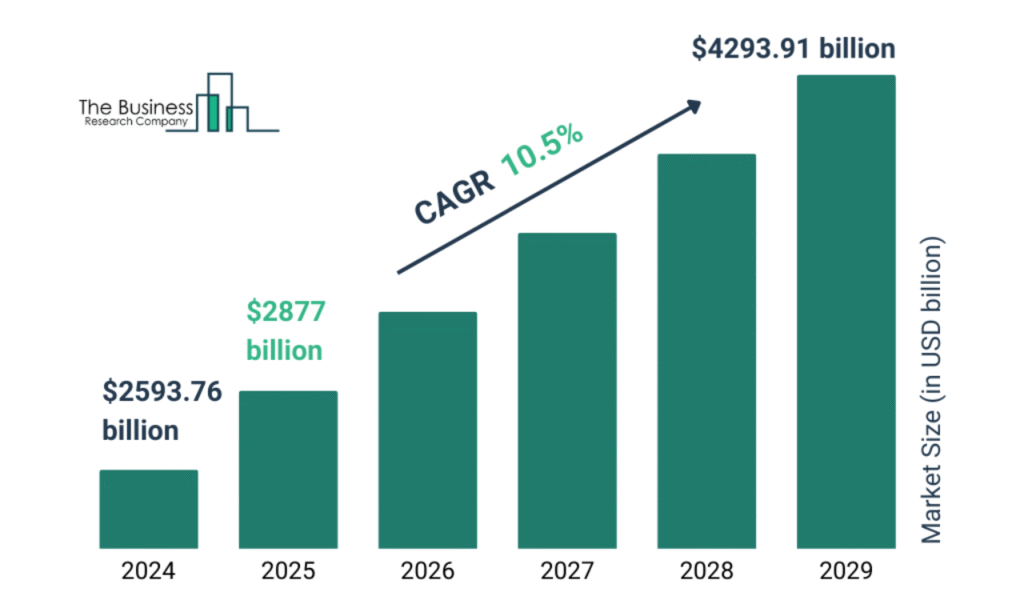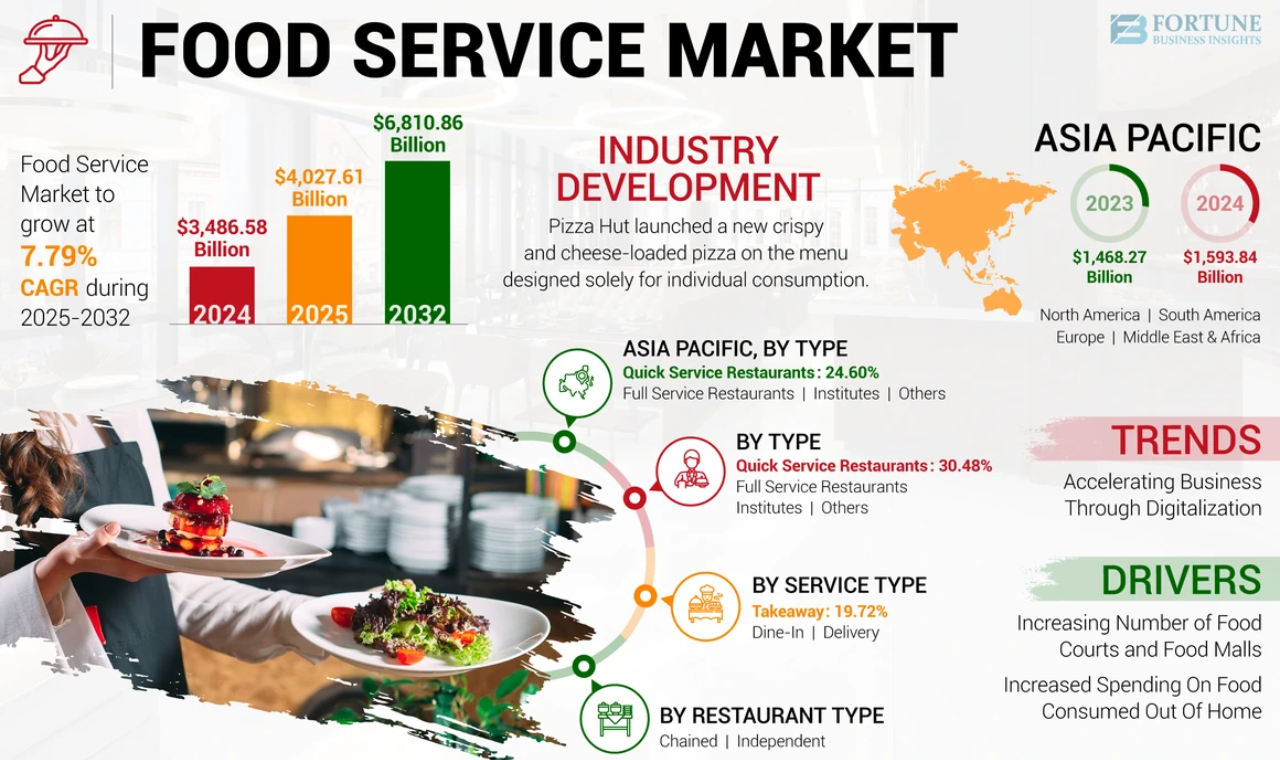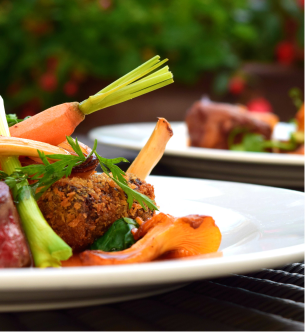Introduction: The Evolving Landscape of Kitchen Products
The global kitchen appliance and cabinetry market has undergone significant transformation in recent years, driven by technological innovation, changing lifestyles, and evolving consumer priorities. Valued at $237.8 billion in 2023, the sector is projected to reach $377.2 billion by 2030, growing at a 6.8% CAGR. This growth reflects fundamental shifts in how consumers interact with their kitchen spaces, with smart technology, sustainability, and multifunctional design emerging as dominant trends.
This comprehensive analysis examines the key factors shaping market expansion, regional variations in adoption rates, and the changing preferences that are redefining product development strategies across price segments.

Market Growth Drivers
Technological Advancements
- Smart appliance adoption is growing at 21.3% annually (2023-2030)
- AI integration in 38% of premium kitchen products by 2025
- Voice control now standard in 62% of major appliance categories
Post-Pandemic Behavior Shifts
- 42% increase in home cooking since 2019 (NPD Group)
- 57% of consumers now prioritize kitchen remodels over other home upgrades
- Surge in multifunctional small appliances (air fryers +137% since 2020)
Housing Market Dynamics
- New construction kitchens are averaging 30% larger than 2010 standards
- 68% of millennials prioritize kitchen quality when home shopping
- Luxury rental properties featuring premium appliances up 22% YOY
Regional Market Breakdown
| Region | 2023 Market Share | Growth Rate | Key Characteristics |
|---|---|---|---|
| North America | 32% | 5.9% CAGR | Smart tech adoption leader |
| Europe | 28% | 6.2% CAGR | Strong sustainability focus |
| Asia-Pacific | 27% | 8.1% CAGR | Rapid urbanization driving demand |
| Latin America | 8% | 4.7% CAGR | Budget segment dominance |
| Middle East/Africa | 5% | 7.3% CAGR | Luxury market expansion |
Source: Statista 2024 Kitchen Appliance Report
Consumer Preference Trends
The Smart Kitchen Hierarchy
- Refrigerators (73% want smart features)
- Ovens/Ranges (62%)
- Dishwashers (58%)
- Small Appliances (49%)
Sustainability Priorities
- Energy Star certification influences 68% of purchases
- Water-saving features now expected in 54% of dishwashers
- Recyclable materials important to 61% of buyers under 40
Design & Ergonomics
- Hidden appliances trend growing at 15% annually
- Touchless interfaces preferred by 59% of consumers
- Adjustable-height counters demand up 27% since 2021
Price Segment Performance
| Segment | Market Share | Growth Rate | Key Brands |
|---|---|---|---|
| Luxury ($5k+) | 18% | 9.2% CAGR | Sub-Zero, Wolf, Miele |
| Premium ($2k-$5k) | 31% | 7.8% CAGR | Bosch, Samsung, LG |
| Mid-Range ($800-$2k) | 42% | 5.1% CAGR | GE, Whirlpool, Frigidaire |
| Budget (<$800) | 9% | 3.4% CAGR | Haier, Magic Chef |
Note: Commercial kitchen equipment excluded
Emerging Product Categories
A. Health-Focused Appliances
- Steam ovens (+89% sales growth 2022-2023)
- Water filtration systems (now in 41% of new refrigerators)
- UV sanitization features (expected in 25% of dishwashers by 2025)
Space Optimization Solutions
- 24″ compact ranges demand up 33%
- Stackable washer-dryer combos for small kitchens
- Convertible islands with pop-up outlets
Professional-Grade Home Equipment
- Induction wok stations entering residential market
- Undercounter beverage centers (+62% since 2021)
- Integrated espresso systems in luxury refrigerators
Retail Channel Shifts
E-Commerce Growth
- Online now represents 29% of kitchen product sales (vs. 18% in 2019)
- “Buy online, pickup in store” used for 43% of major appliances
- Virtual reality kitchen planning tools adoption up 175%
Showroom Evolution
- 68% of retailers adding smart kitchen demo stations
- “Try before you buy” appliance rental programs growing
- Interactive configurators influence 57% of purchase decisions
Challenges & Market Constraints
Supply Chain Issues
- Average appliance delivery times still 30% longer than 2019
- Specialty materials (quartz, pro-grade stainless) facing shortages
- 22% of consumers delaying purchases due to inventory concerns
Economic Factors
- Luxury segment resilient (only 3% decline during 2023 slowdown)
- Mid-range consumers trading down to value brands
- 18-month replacement cycles lengthening to 3+ years
Technology Adoption Barriers
- 41% of buyers overwhelmed by smart features
- 27% concerned about data privacy in connected appliances
- Interoperability issues between competing ecosystems
Future Outlook (2025-2030)
Market Projections
- Smart kitchen penetration to reach 38% of households
- AI recipe integration in 45% of premium appliances
- Robotic assistants entering mass market by 2027
Consumer Behavior Shifts
- Subscription models for appliance upgrades gaining traction
- Circular economy driving refurbished appliance market
- Health monitoring through kitchen surfaces emerging
Technological Convergence
- AR-guided cooking projected onto countertops
- Biometric storage adjusting temperatures based on user health data
- Blockchain-enabled food freshness tracking
Conclusion: A Market in Transformation
The kitchen segment stands at an inflection point, where technological capability, environmental responsibility, and changing domestic patterns converge. Manufacturers succeeding in this new landscape will be those that:
- Balance innovation with intuitiveness in smart features
- Embed sustainability throughout product lifecycles
- Develop flexible solutions for diverse living situations
- Create experiential retail that bridges digital and physical
As the kitchen continues its evolution from utilitarian space to connected lifestyle hub, understanding these market dynamics becomes essential for brands, retailers, and consumers alike. The coming decade will likely see the kitchen emerge not just as where we prepare food, but as the central nervous system of the modern smart home.




